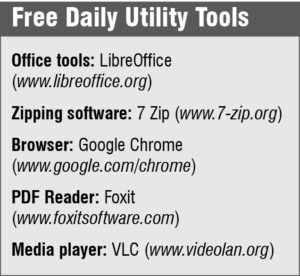Google Cloud IoT
Visit: https://cloud.google.com
Full version: Paid
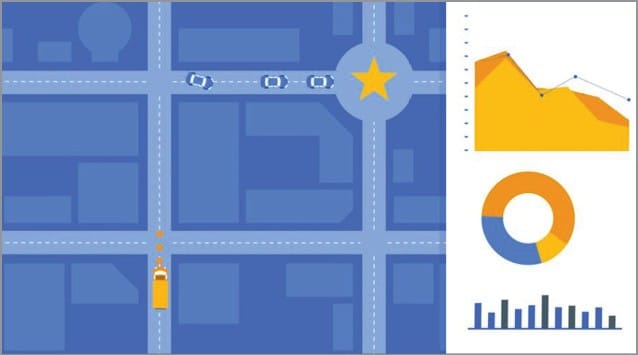
For enterprises and businesses, Google Cloud IoT provides a holistic Internet of Things (IoT) platform consisting of a collection of tools. It enables connecting, processing, saving and analysing data, both in the cloud and at Edge setup. The platform delivers a managed Android Things operating system (OS), Edge computing service based on an integrated software stack and cloud services. Data captured through the device gets published to CloudPub/Sub, where downstream analytics can be performed to derive insights. Analysis can be done adhoc, using Google BigQuery, or at full-scale with advanced features. Results can be viewed with Google Data Studio visualisation tool. Cloud Machine Learning Engine can implement the analysed data to create a machine learning work logic. Artificial intelligence (AI) logic can be extended to Edge devices with Edge TPU. Google offers a free trial version of the platform as well.
Kaa
Visit: www.kaaproject.org
Full version: Free (Apache Software Licence 2.0)

For end-to-end IoT development, Kaa can be a great platform. The open source middleware Kaa package brings a complete software development kit and server components to program actionable events and enable connectivity between devices through data transaction. Supporting MQTT and CoAP data transfer protocols, Kaa delivers efficient data transfer and collection. Collected data can be analysed and visualised using integrated tools. Kaa architecture has a register that stores information on authenticated devices. The platform has cross-OS support, including for Windows, Mac, Linux, Ubuntu, Android and more. It supports majority of hardware platforms like Raspberry Pi, Intel Edison, Beaglebone and Texas Instruments. It embeds third-party Big Data processing units, too, such as Apache Spark, Hadoop, MongoDB, Oracle NoSQL and Cassandra. Kaa will launch its next-generation package, called Banana Beach, soon.
Home Assistant
Visit: www.home-assistant.io
Full version: Free (Apache 2.0 licence)
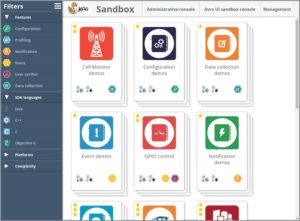
For DIYers and home automation programmers, Home Assistant.io (Hass.io) open source platform has everything covered. Developed using Python, it has support for all models of Raspberry Pi (up to Raspberry Pi 3 model B+). Communication is powered by MQTT protocol, and a dashboard interface can be developed using HADashboard. Other than Web interfaces, developers can create iOS application projects with Hass.io. Projects can connect with smart components like Amazon Alexa, Belkin WeMo, Google Assistant, Google Cast, Kodi, Plex, Philips Hue, Nest, Sonos, Z-Wave and other home automation services. Set up is easy, involving a text editor like Visual Studio Code, hardware like Raspberry Pi, microSD card and card reader, and SD card writer like Etcher.
Sumo Logic
Visit: www.sumologic.com
Full version: Paid
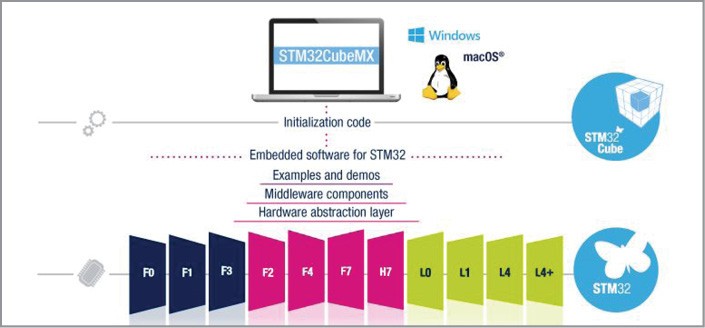
Sumo Logic provides a cloud-based data collection, storage and analytics system that removes the boundaries of scalability. Capable of processing petabytes of data daily, the platform organises all data-related activities. It can gather data from any source, be it sensor, device or cloud service. Data can be stored and archived, or retrieved instantly for creating analytical insights. Anaylitics can be visualised in various forms. Sumo Logic can integrate with most cloud-based services (like Amazon Web Services, Microsoft Azure or Google Cloud) and hybrid applications. Moreover, the package delivers numerous APIs and applications that allow customisations specific to individual business requirements.
STM32Cube
Visit: www.st.com
Full version: Free
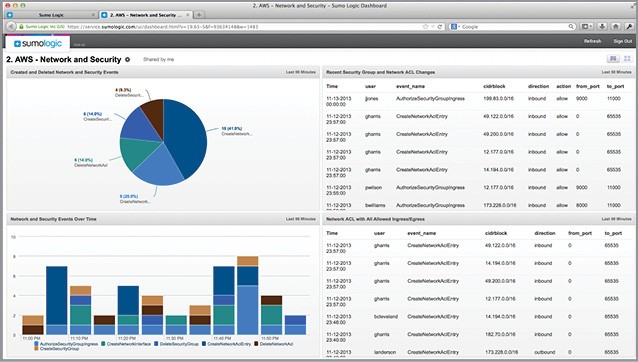
STMicroelectronics provides a compact IoT development environment called STM32Cube. The software kit consists of a development tool, STM32CubeMX, and a host of embedded software libraries. STM32CubeMX comes with an integrated development environment for applications, and C code generation suite for clock tree, pin multiplexing and peripherals. Developers can create power consumption calculation applications. Middleware setup can be done using graphical wizards. An integrated updater keeps the software updated.
Software library consists of components like RTOS, TCP/IP stack, touch sensing library, graphic library, USB library and so on. The development kit can run on Windows, Mac OS and Linux.
